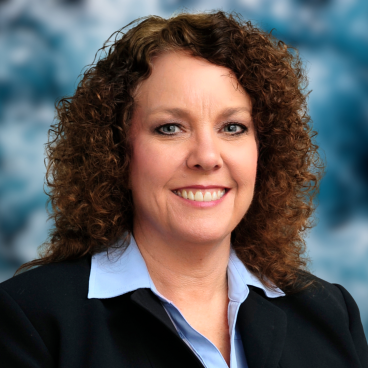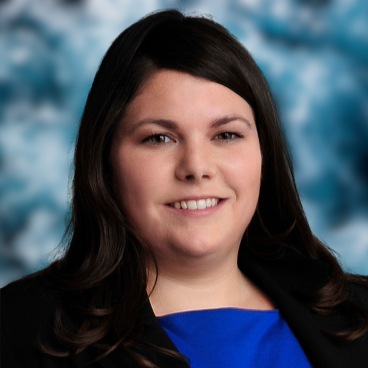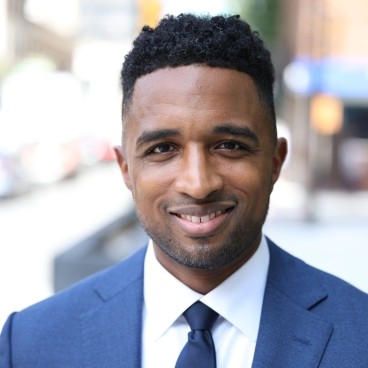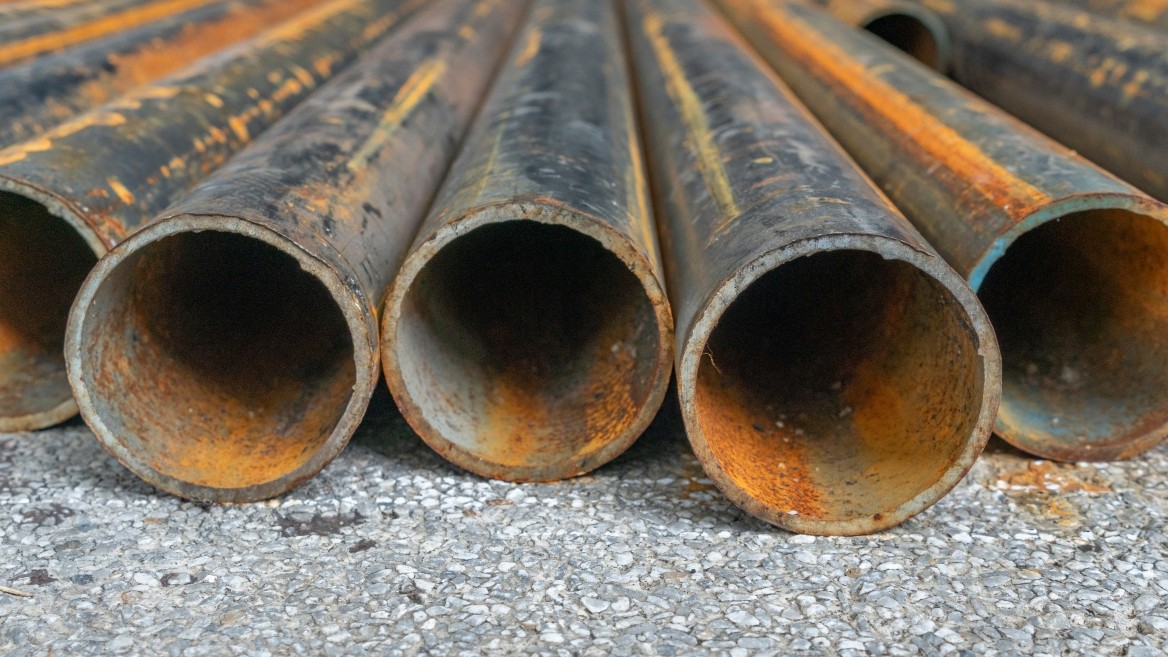Get the Lead Out: A Path to Equitable and Sustainable Water Infrastructure
The United States is at a pivotal moment in its water infrastructure development, particularly when it comes to addressing the pressing issue of lead service lines. The revised Lead and Copper Rule (LCR), a regulation set forth by the Environmental Protection Agency (EPA), has provided new guidelines and requirements that communities across the nation must adhere to in order to protect public health and reduce lead and copper levels in drinking water. There are the essential steps required for effective lead service line management which address the need to adopt an equitable and community-inclusive approach.
The EPA's recent revisions to the LCR address a range of new requirements for communities. These requirements include conducting a comprehensive inventory of service lines, both on the utility and customer side; considering the entire service line as a single unit; and replacing any portion that contains lead. In addition, plans must be established to handle lead service lines encountered during water main replacement projects. A robust program is needed to provide access to the inventory and share lead sampling results in a consumer confidence report which should also include revisions to the language around health effects of lead service lines to enhance accuracy and clarity. Additionally, public education and notification initiatives should be implemented to inform and engage customers whose lead levels surpass acceptable thresholds.
Greeley and Hansen, A TYLin Company, is an industry leader in assisting private and public utilities to address the replacement of lead service lines. They are currently serving Pennsylvania American Water to create a statewide service line inventory program and replace 700,000 lead service connections. A critical first phase of the program was developing an accurate inventory through the use of a data-driven model in combination with customer-friendly outreach techniques.
Multifaceted and integrated communications are key
Effective communications and community engagement are paramount to successfully navigate the challenges posed by lead service line management. A strategic communication plan, developed in collaboration with key stakeholders including customer service representatives, inspection teams, and consultants, is vital. This plan should outline communication objectives, identify suitable methods to effectively reach the community, and identify spokespersons, ambassadors, and target audiences. Extensive research should be conducted to gather relevant data; review existing communication materials; collaborate with similar-sized utilities and professional organizations; and, engage with key stakeholders through interviews.
During the implementation phase of the communication program, it is crucial to use an array of media that consistently reflect key messages. Utilizing diverse channels such as websites, print media, radio, TV, social media, and open houses is essential to reach different segments of the population. Branding the program and providing information in multiple languages can also enhance recognition and accessibility.
Pennsylvania American Water has also done an excellent job communicating with its constituents.
To build an equitable and sustainable approach to lead service line replacement, it is imperative to ensure that all communities have access to safe, clean, and affordable drinking water and wastewater services. This suggests that communities be resilient and capable of withstanding environmental risks. Residents should also be involved in the decision-making processes related to water management. Prioritizing health protection and mitigating risks associated with lead exposure are vital, as are ensuring affordability for residents and focusing on vulnerable populations in underserved areas. Meaningful community engagement and input throughout the planning process are critical to promote equity and inclusivity.
An equitable lead service line replacement program must incorporate targeted outreach efforts to reach all segments of the community, including marginalized populations. If the program falls short of its goals, additional outreach activities should be conducted. Mandatory inclusion of lead service line replacement information in public education forms, particularly for households exceeding the 90th percentile of the action level, is imperative. It is equally vital to incorporate language describing the impacts to public health into all public education materials and consumer confidence reports, translated into languages as required by the community's demographics.
To address disparities in public health outcomes and achieve equitable distribution of replacement programs, an equity framework should be implemented. The Lead Service Line Replacement Collaborative offers valuable resources and guidance in this regard. Advocating for lead disclosure policies, income-based rates, and accountability in funding distributions will also support replacement programs as will government-backed initiatives such as the Justice40 Initiative and the Get the Lead Out Partnership which aim to expedite the replacement of lead service lines on a national scale.
In summary, comprehensive inventory and data collection are crucial for effective planning, prioritization of replacements, and minimizing community impact of service line replacements. Leveraging modeling techniques and strategic planning can enable communities to optimize their resources and develop sustainable, long-term solutions.
And, by fully understanding the revised Lead and Copper Rule and implementing effective communication and community engagement strategies, communities can take substantial strides toward achieving equitable and sustainable water systems. This holistic approach will help drive positive change and make a lasting impact on improving the water infrastructure throughout all communities in the United States.
This whitepaper was originally presented as a continuing education webinar. For more information on the Water Webinar Series, please contact Deborah Veal to receive updates on upcoming webinars. The next continuing education webinar, Making Waves: Transforming the Water Sector Through Alternative Delivery, featuring Greeley and Hansen, A TYLin Company, and TYLin experts will be on July 27, 2023. Visit here for details.
Contributors: Marianne Bain | Catharine (Katie) Richardson, PE, ENV SP | Walt Walker, PE, ENV SP

Marianne has over 36 years of proven experience leading multi-discipline construction inspection teams for clients. She is currently leading a team on various service line inventory projects. For the past decade, Marianne and her team have partnered with Indiana American Water Company on water main relocations and replacements and supporting their initiative of lead service line replacement. She is experienced leading a team of specialty (discipline specific) inspectors and partnering with the Contractor to problem-solve in the field to maintain progress of the work for the communities she serves. She serves on the AWWA Committee for Lead Service Line Replacement.

Katie brings unique experience to the team having degrees in both Communications and Engineering. With 18 years of experience, she brings program management experience on major programs that have included significant public outreach including the development of inventory outreach programs. She also brings experience with the compilation of rate studies, developing funding strategies, permitting of large and unique programs, and preparing detailed design drawings for conveyance and distribution systems. Ms. Richardson is also the Chair of AWWA’s Water Equation committee which focuses on raising funds to support workforce development initiatives in the water industry as well as community engineering corps projects in underserved areas in the United States.

Walt has more than 17 years of experience in project management, design, and construction of water and wastewater infrastructure, with additional experience in climate resiliency design, master planning, and financial capability assessments. As Greeley and Hansen’s Water Equity Practice Leader, Walt works with utility leaders to accelerate equitable water management, design, policies, and collaborative community-focused programs. With the federal administration’s increased financial commitment to improving water infrastructure, Mr. Walker has supported utility leaders to secure funding for projects through federal and state programs such as Bipartisan Infrastructure Law (BIL), Clean Water State Resolving Fund (CWSRF), Infrastructure Investment and Jobs Act (IIJA), Water Infrastructure Finance and Innovation Act (WIFIA), and Water Quality Improvement Project (WQIP) program. In 2022, Walt also a created and facilitated a full-day WEFTEC workshop titled, “Reimagining the Water Sector through Equity and Justice
